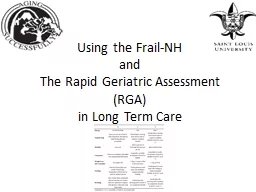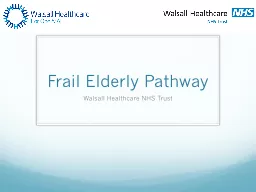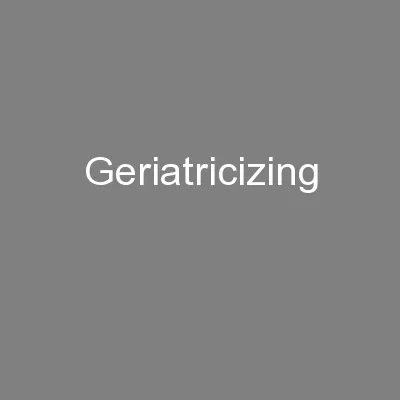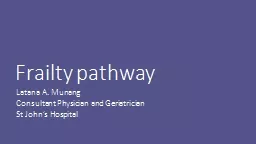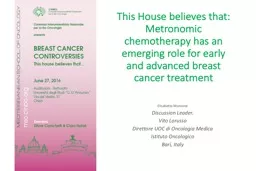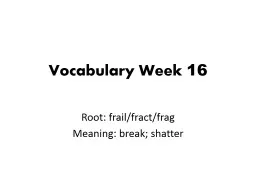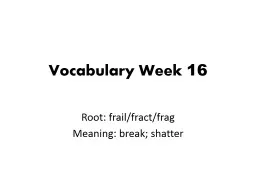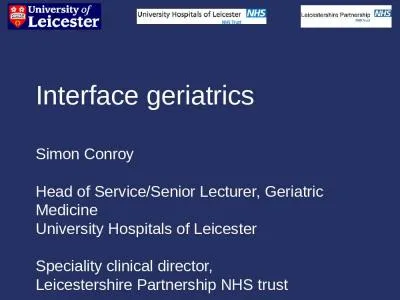PPT-Using the Frail-NH
Author : natalia-silvester | Published Date : 2017-04-25
and The Rapid Geriatric Assessment RGA in Long Term Care Geriatric Workforce Decline in Geriatricians in the United States 1988 2030 Geriatricians 7128 7750 Geriatricians
Presentation Embed Code
Download Presentation
Download Presentation The PPT/PDF document "Using the Frail-NH" is the property of its rightful owner. Permission is granted to download and print the materials on this website for personal, non-commercial use only, and to display it on your personal computer provided you do not modify the materials and that you retain all copyright notices contained in the materials. By downloading content from our website, you accept the terms of this agreement.
Using the Frail-NH: Transcript
Download Rules Of Document
"Using the Frail-NH"The content belongs to its owner. You may download and print it for personal use, without modification, and keep all copyright notices. By downloading, you agree to these terms.
Related Documents

